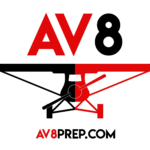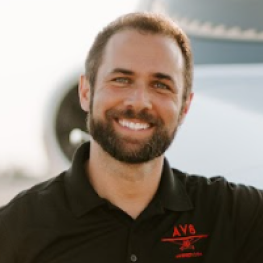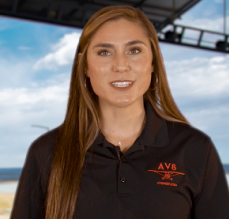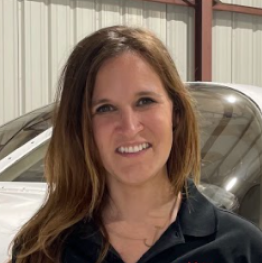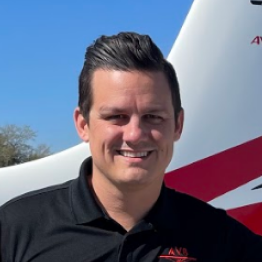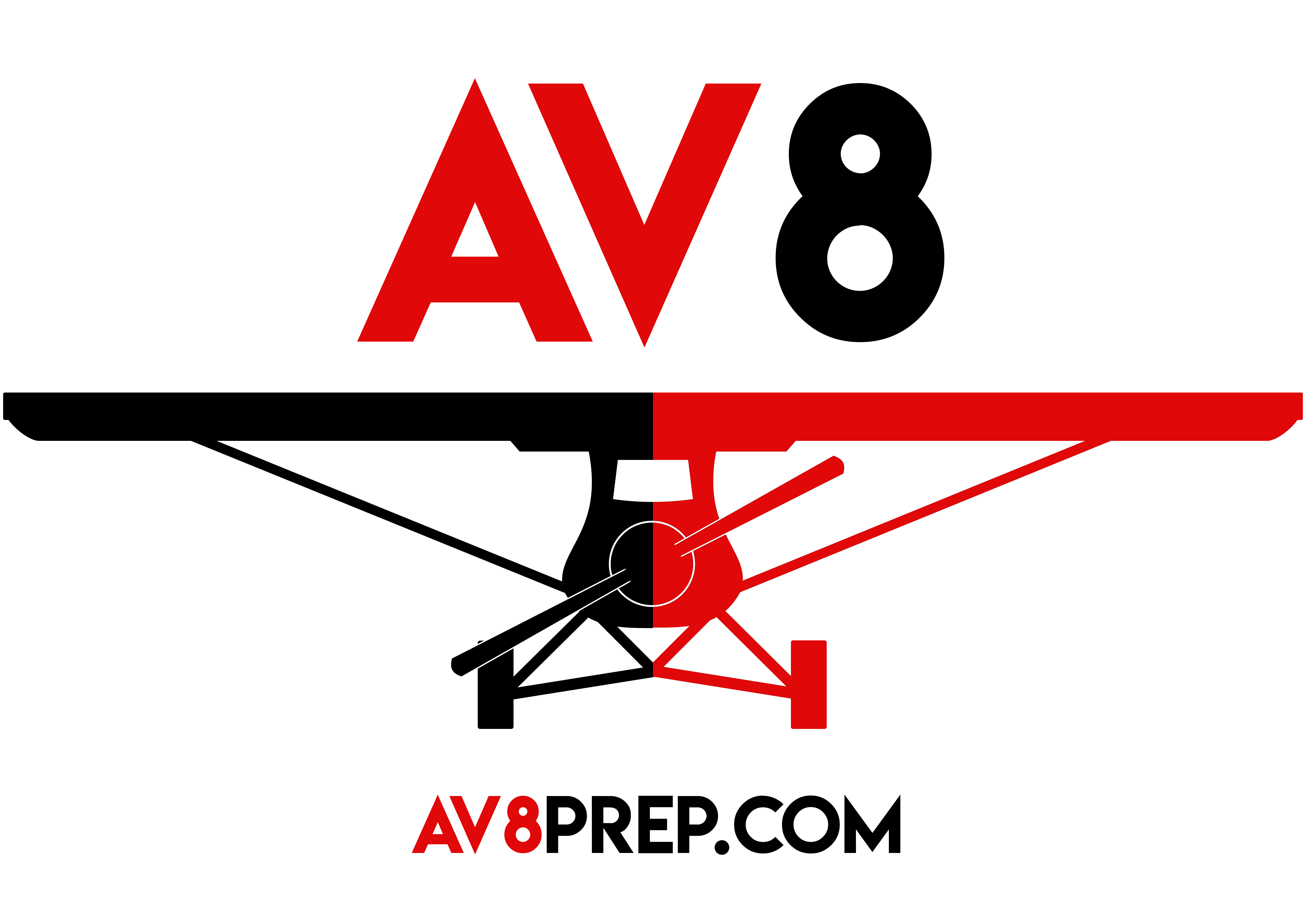Become a Drone Pilot
In order to fly your drone under the FAA‘s Small UAS Rule (Part 107), you must obtain a Remote Pilot Certificate from the FAA. This certificate demonstrates that you understand the regulations, operating requirements, and procedures for safely flying drones.
Are you a first time pilot or an existing Part 61 Certificate holder?
Do you need to keep your Remote Pilot Certificate current?
First-Time Pilots
Eligibility
To become a pilot you must:
- Be at least 16 years old
- Be able to read, speak, write, and understand English
- Be in a physical and mental condition to safely fly a drone
- Pass the initial aeronautical knowledge exam: “Unmanned Aircraft General – Small (UAG)”
Requirements for Remote Pilot Certificate:
- Must be easily accessible by the remote pilot during all UAS operations
- Certificate holders must complete an online recurrent training every 24 calendar months to maintain aeronautical knowledge recency
Navigating the Process to Become a Drone Pilot:
Step 1: Obtain an FAA Tracking Number (FTN) by creating an Integrated Airman Certification and Rating Application (IACRA) profile prior to registering for a knowledge test.
Step 2: Schedule an appointment with a FAA-approved Knowledge Testing Cente. Be sure to bring a government-issued photo ID to your test.
Step 3: Pass the initial aeronautical knowledge test: “Unmanned Aircraft General – Small (UAG)”. Knowledge test topic areas include:
- Applicable regulations relating to small unmanned aircraft system rating privileges, limitations, and flight operation
- Airspace classification and operating requirements, and flight restrictions affecting small unmanned aircraft operation
- Aviation weather sources and effects of weather on small unmanned aircraft performance
- Small unmanned aircraft loading and performance
- Emergency procedures
- Crew resource management
- Radio communication procedures
- Determining the performance of small unmanned aircraft
- Physiological effects of drugs and alcohol
- Aeronautical decision-making and judgment
- Airport operations
- Maintenance and preflight inspection procedures
- Operation at night
Step 4: Complete FAA Form 8710-13 for a remote pilot certificate (FAA Airman Certificate and/or Rating Application) using the electronic FAA Integrated Airman Certificate and/or Rating Application system (IACRA)*
- Login with username and password
- Click on “Start New Application” and 1) Application Type “Pilot”, 2) Certifications “Remote Pilot”, 3) Other Path Information, 4) Start Application
- Follow application prompts
- When prompted, enter the 17-digit Knowledge Test Exam ID (Note: it may take up to 48 hours from the test date for the knowledge test to appear in IACRA)
- Sign the application electronically and submit for processing.
Step 5: A confirmation email will be sent when an applicant has completed the TSA security background check. This email will provide instructions for printing a copy of the temporary remote pilot certificate from IACRA.
Step 6: A permanent remote pilot certificate will be sent via mail once all other FAA-internal processing is complete.
Step 7: Have your Remote Pilot Certificate available whenever you fly your UAS.
